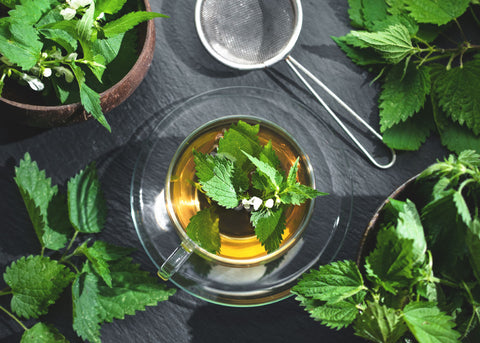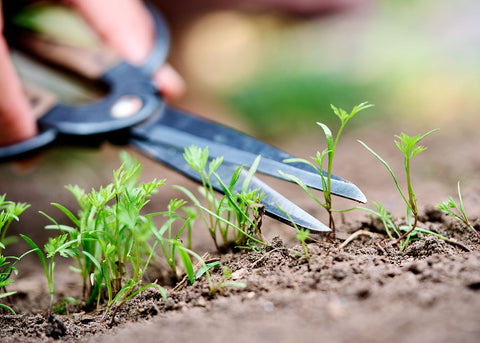If you plant it, they will come. “It” being summer & winter squash and “they” being a certain vexing insect triumvirate: the cucumber beetle, the squash bug and the squash vine borer. We’re convinced that if we were to plant a squash plant on the moon, these three would find it by June.
Because we found our first squash vine borer floating around the garden this morning, this post will focus on this critter. These red-bodied, wasp-like moths lay reddish-brown eggs around the stem close to the soil line. The eggs hatch in about 10 days and the white caterpillar larvae bore into vines within hours. Sawdust-like frass near the base of the plant and yellow-brown excrement on the side of the stem are good signs this pest is already at work. Once they get inside and begin tunneling through the vines, expedited plant deterioration is all but certain. You may still get a small early crop or the plant may die before significant fruiting.

Problem is squash plants look great until they don’t. The wilting and yellowing can happen seemingly overnight if you aren’t paying attention.
The key to managing the squash vine borer is controlling the borers before they enter the stem. Here are some proven methods of prevention and control:
-
Install row covers at time of planting and sowing. Remove when flowers appear.
-
Attract native parasitic flies and wasps with small-flowered herbs like dill, cilantro or alyssum.
-
Find the borer’s brown eggs and pick them off, early and often. Discard in a bucket of soapy water or burn.
-
Apply diatomaceous earth around the stalks early to kill larvae (reapply after rain).
-
Apply natural insecticide Bacillus thuringiensis (Bt) to the stems or inject into the stems.
-
Once the borers are active in the stems, insert a thin wire with a sharpened tip from the base of the plant up the stems to kill borers. Then, mound soil over the base of the plant to cover up the damage.
-
Since squash vine borers overwinter in the soil, be sure to clean up the area well after the season and consider crop rotation for the next year.

In conclusion, dealing with the troublesome squash vine borer is essential for a successful squash harvest. By implementing preventative measures such as using row covers, attracting beneficial insects, and removing eggs, you can minimize the impact of these pests. Additionally, applying diatomaceous earth, using natural insecticides like Bacillus thuringiensis (Bt), and manually removing borers can help control their population. Finally, practicing good garden hygiene by cleaning up the area and considering crop rotation can prevent future infestations. With these tips in mind, you'll be better equipped to protect your squash plants and enjoy a bountiful harvest.




